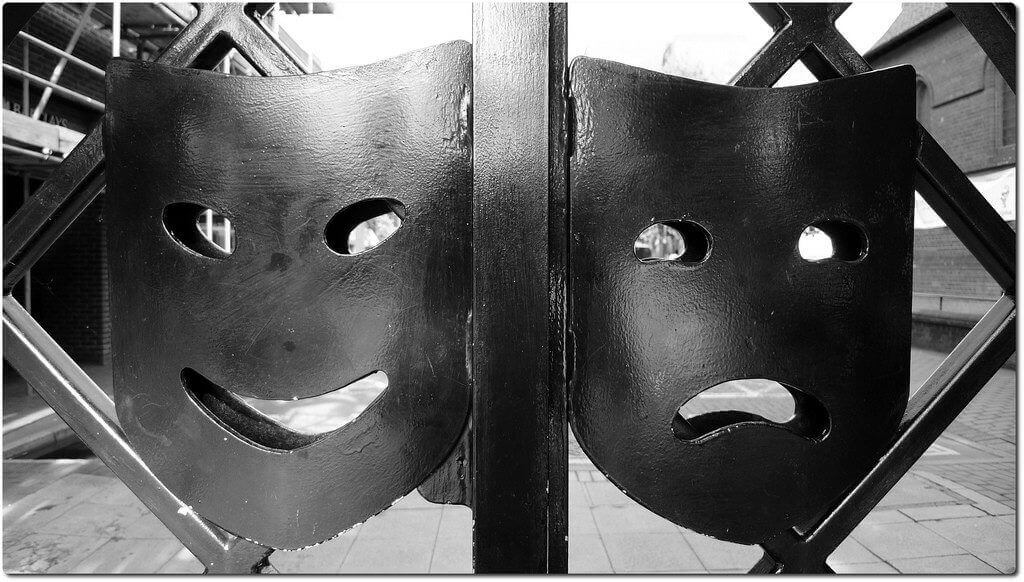
The rise of the internet has fundamentally changed how people book hotels and while this has mostly been for the positive, this digital approach has led to several bad faith actors cropping up and making life difficult both for customers and hotel owners.
NB: This is an article from Hotel Compete
There is little doubt that OTAs are convenient in a number of ways, but even the best of them often fail to do right by the hotels they work with, and along with the more trustworthy companies are bad actors that are largely in it for themselves, offering little value and creating difficulties for hotels and consumers alike.
Subscribe to our weekly newsletter and stay up to date
In particular, there are three key issues that these travel websites perpetuate:
- Inaccurate, outdated, and often misleading hotel services and amenities
- Rate Parity and Undercutting Hotel Pricing Rate Integrity
With these issues being so prevalent, any benefits that these bad actors might offer are negligible.
When these online travel agencies misrepresent the content of your hotel, it leads to confusion and frustration on the part of customers. For instance, a website might claim that a hotel allows smoking in guest rooms or that pets are allowed, even if the hotel doesn’t permit such things. Such a scenario can be a minor annoyance or a serious revenue-impacting issue; if a hotel doesn’t allow pets and the customer has brought a dog. Such a problem isn’t easily resolved and creates problems for the customer, along with hotel management and staff.
Even worse are situations where websites provide false information regarding the services and amenities provided. Sites like these will often mention services even if a hotel doesn’t have them, such as swimming pools, air conditioning, scenic views, and private bathrooms. When online travel agencies overpromise on services provided, it inevitably leads to disappointment and anger on the parts of customers, as customers ultimately factor these benefits into the costs of staying at a hotel. It can also lead customers to believe that the hotel itself ripped them off, rather than the misunderstanding being the fault of the travel website.
Yet perhaps the biggest problem these websites create is one of Rate Parity.
When doing some research, we took a look at these three websites, each of which had 5000 shops with 1-night stay only from about 300 hotels each, using MySite.com to do quick comparisons between these OTAs and the hotels’ official listings. The results were telling: we found that for branded hotels, 50% of TravelUro’s listings are below the rates on a hotel’s website, while it dips down to 66% for independent hotels. On the opposite end, TravelUp’s are often much higher, with 83% of branded hotel listings being higher than their official rates. This wasn’t a one-off mistake either: additional testing was done more than 21 days out and TravelUro’s parity rates only matched 5% of the time.
Whether the listings are higher or lower, it creates problems for customers and hotel owners. Lower prices obviously have the effect of cutting into the hotels’ bottom line, but higher than average rates are also a problem, as people will see this number without double-checking the original hotel website, leading to potential lost revenue. Plus, if you think that a lack of parity is strictly an issue caused by shadier websites, think again: even the most reputable OTAs are prone to mistakes, even if they’re better in terms of rate parity. For example, our research found that Booking.com only displayed the correct information for hotels’ rules around 80% of the time, often allowing customers to cancel closer to the reservation date than the hotel itself allowed. Additionally, they only reached 99% rule parity more than a week later.
None of this is meant to be a callout, especially to the more reputable sites who likely aren’t making these mistakes on purpose. But these are important issues to address, as parity in terms of availability and rates are among the biggest deciding factors for a hotel’s success. When bad actors muddy the waters with misinformation, it hurts everyone else. That’s why it is vital for hotel owners to take steps to combat this misinformation and promote rate and rule parity.
Thankfully, there are ways to do just that: by using metasearch channels like Google Hotels and Tripadvisor, you can quickly and easily spot-check your OTA channels to ensure they’re all selling the same rates. Also, rate shopper apps like Hotel Compete, Triptease, OTA Insight, or RateGain perform real-time price checks for your hotel across all platforms where you sell rooms. You can configure alerts that will let you know as soon as a date is out of parity. You can also offer value-adds like free parking or early check-in to give guests more of an incentive to shop directly through your website rather than going with OTAs.
To that end, we’ve also developed our own tools and services through HotelPORT and Hotel Compete to help hotels avoid being the target of bad actor sites and other parity issues. We’ve developed solutions such as Hotel Compete’s Rate Momentum Monitor, which identifies the specific dates where hotels’ market positions are most at risk, and HotelPORT’s Content Verification Services powered by its innovative and proprietary PropertyVIEW Content Monitor platform and a full suite of other tools. It can be a challenge, but by embracing the right content and rate parity monitoring tools and some creative business strategies, hotels can maximize visibility and success while addressing the problems created by bad actor OTAs.




